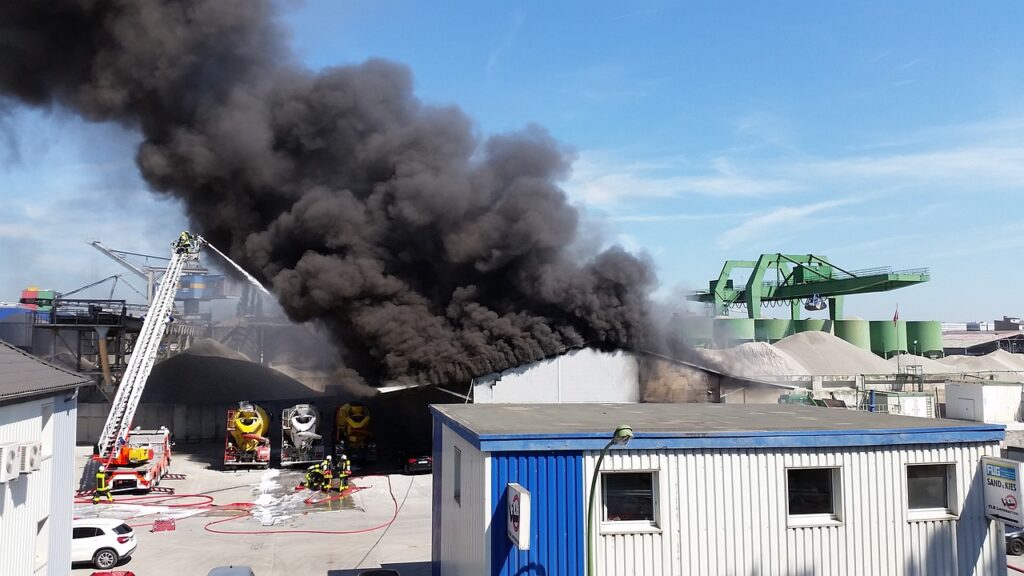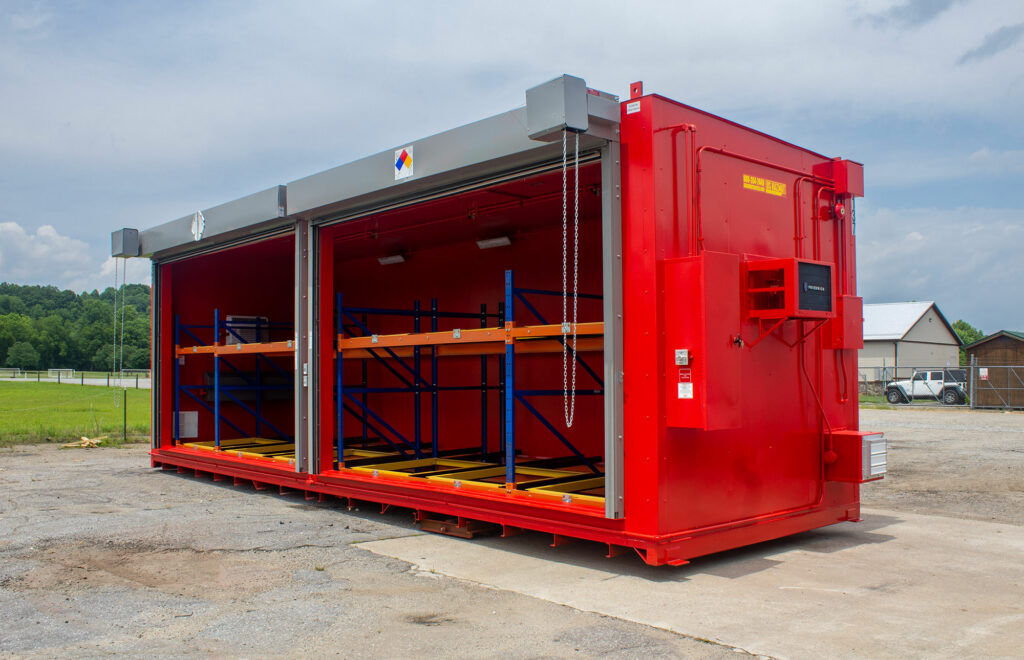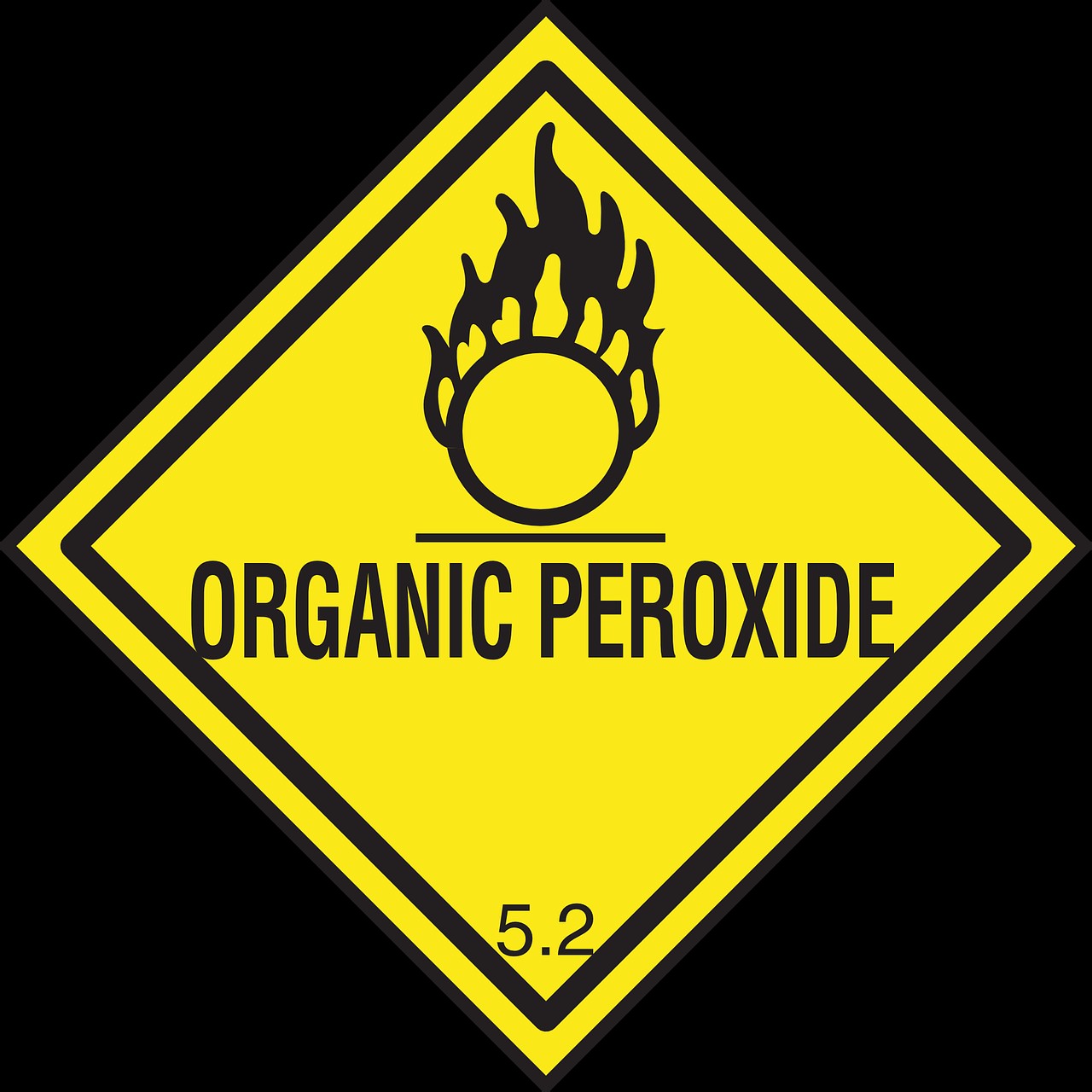The world is filled with raw materials that create millions of everyday items with common applications. But how do manufacturers transform such simple items into products that we take for granted? With a little help of chemistry. Scientists rely on complex chemical compounds to rearrange organic molecules of raw materials into polymers, plastics, rubber and textiles that power the economy while keeping our shelves lined with the latest goods. Organic peroxide is one of these powerful molecular additives used for the production of car parts, windshields, packing materials, wood substitutes, composites and elastomers. With such powerful chemistry to create conveniences of life comes heightened risks and responsibility. Organic peroxide is thermally unstable, so it should be stored in approved containers in well-ventilated and climate controlled areas away from incompatible materials.
What Happens if Hydrogen Peroxide Is Stored Incorrectly?

A Taiwanese golf ball manufacturer is facing the wrath of health and safety officials after an explosion that followed a fire at the plant killed nine people, including four firefighters. Adding anger to the smoldering conflagration is the apparent negligence of the company’s management. Authorities allege the plant illegally kept 3,000 tons of organic peroxides on site, far surpassing the legal limit of 100 tons. While it’s unclear what caused the fire, indignant Taiwanese officials said the staff failed to apprise approaching firefighters of the chemical payload onsite. Had the firefighters known of the dangers ahead, they could’ve potentially devised a more suitable point of entry instead of barreling straight into a den of despair.
Proper Chemical Storage for Polymer Additives
Additives, such as organic peroxide, can be added to the base polymer to improve processability and longevity of finished goods. While polymer additives have a welcomed place in any stage of manufacturing, project managers should exercise vigilance and caution in storing the dangerous compounds when not in use. Like other volatile compounds, organic peroxide can quickly decompose if exposed to high temperatures or inadvertent contamination with incompatible materials, such as sulfides, nitride and hydrides. Aside from the risk of flammability, organic peroxide may also cause eye or skin irritation to employees who fail to properly handle and store the toxic compound. Always consult the safety data sheet for organic peroxide if stored at your manufacturing facility.
Fire-Rated Chemical Storage Lockers Offer Compliant Protection of Polymer Additives

Looking to avoid additional expenditures, many facilities forego separate and compliant chemical storage for dangerous chemical compounds. As with the Taiwanese golf ball manufacturer, the results can be disastrous. Taiwanese law requires that organic peroxides be stored in a separate warehouse building. Instead, plant officials kept the material on the first floor of the building. While unrelenting in scope, the fire could’ve been even more catastrophic had the flames reached the copious supply of dangerous chemicals left carelessly on the factory floor. Our fire-rated chemical storage lockers can safeguard large quantities of organic peroxide behind reinforced solid steel welds and explosion relief panels that can protect vulnerable employees within proximity of the powerful additive. Climate control and mechanical ventilation affixed to the interior of our chemical storage warehouses prevents thermal degradation and subsequent fires. Standard fire suppression system is yet another layer of protection offered by our lockers in keeping your employees safe. Contact us today for a free quote.


